Advancements in Stem Cell Research
The Induced Pluripotent Stem Cells Market is experiencing a surge in advancements in stem cell research, which is pivotal for its growth. Innovations in reprogramming techniques and cellular manipulation are enhancing the efficiency and safety of iPSCs. For instance, recent studies indicate that improved methods for generating iPSCs are reducing the risk of tumorigenesis, a significant concern in stem cell therapies. This progress not only boosts confidence among researchers but also attracts investments, as the potential for novel therapies becomes more tangible. The market is projected to grow at a compound annual growth rate of approximately 10% over the next five years, driven by these advancements. As researchers continue to explore the therapeutic applications of iPSCs, the industry is likely to witness an influx of new products and services, further solidifying its position in the biomedical landscape.
Growing Demand for Disease Modeling
The Induced Pluripotent Stem Cells Market is witnessing a growing demand for disease modeling, which is transforming the landscape of drug discovery and development. iPSCs provide a unique platform for modeling various diseases, including neurodegenerative disorders and cardiovascular diseases, allowing researchers to study disease mechanisms in a patient-specific context. This capability is particularly valuable in the pharmaceutical industry, where the need for effective drug testing and personalized therapies is paramount. The market for disease modeling using iPSCs is expected to expand significantly, with estimates suggesting a growth rate of around 12% annually. As pharmaceutical companies increasingly adopt iPSC technology for preclinical testing, the industry is likely to see a rise in collaborations between academic institutions and biotech firms, further enhancing the research ecosystem surrounding iPSCs.
Rising Interest in Cell-Based Therapies
The Induced Pluripotent Stem Cells Market is experiencing a notable rise in interest in cell-based therapies, which are becoming a focal point in modern medicine. iPSCs offer the potential to generate patient-specific cells for therapeutic applications, addressing a wide range of conditions from genetic disorders to age-related diseases. This interest is reflected in the increasing number of clinical trials exploring the efficacy of iPSC-derived therapies. Recent data suggests that the number of clinical trials involving iPSCs has doubled in the past three years, indicating a robust pipeline of potential treatments. As healthcare providers and patients alike seek innovative solutions, the market for iPSC-based therapies is expected to grow, potentially reaching a valuation of several billion dollars within the next decade. This trend underscores the transformative potential of iPSCs in the therapeutic landscape.
Technological Innovations in Cell Culture
The Induced Pluripotent Stem Cells Market is significantly influenced by technological innovations in cell culture techniques. Advances in bioreactor systems and culture media formulations are enhancing the scalability and efficiency of iPSC production. These innovations are crucial for meeting the increasing demand for iPSCs in research and therapeutic applications. For instance, the development of automated cell culture systems is streamlining the process, reducing labor costs, and minimizing the risk of contamination. As a result, researchers can focus more on experimentation rather than on the complexities of cell maintenance. The market for iPSC culture technologies is projected to grow at a rate of approximately 9% annually, driven by these advancements. This growth is likely to attract further investment in the sector, fostering a more robust ecosystem for iPSC research and application.
Regulatory Support and Funding Initiatives
The Induced Pluripotent Stem Cells Market benefits from increasing regulatory support and funding initiatives aimed at promoting stem cell research. Governments and regulatory bodies are recognizing the potential of iPSCs in advancing medical science and are implementing policies to facilitate research and clinical applications. For example, funding programs dedicated to regenerative medicine are becoming more prevalent, providing financial resources for innovative projects. This support is crucial for startups and research institutions that may lack the necessary capital to explore iPSC technologies. Furthermore, favorable regulatory frameworks are likely to expedite the approval processes for iPSC-based therapies, encouraging more companies to enter the market. As a result, the industry is poised for growth, with an anticipated increase in the number of clinical trials and commercial products utilizing iPSCs.


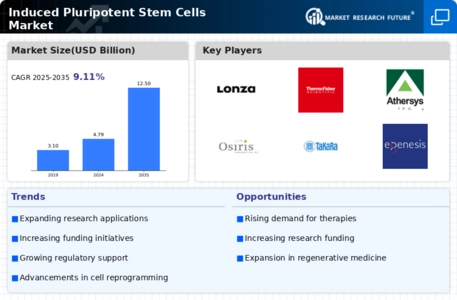
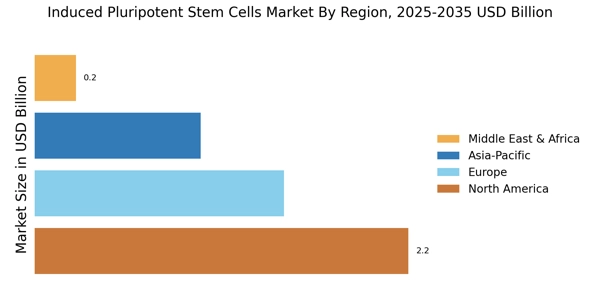
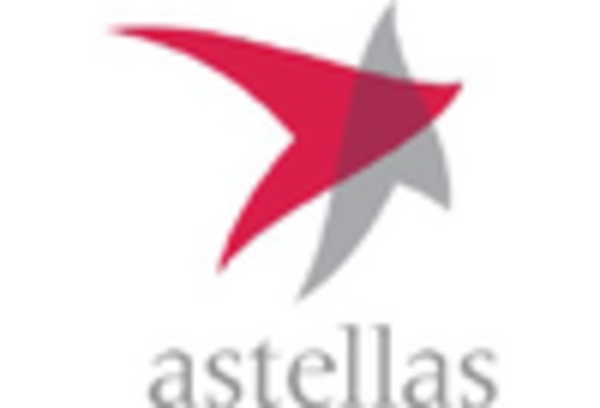
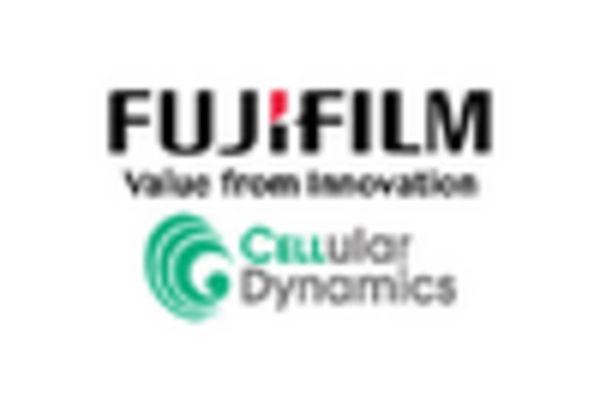
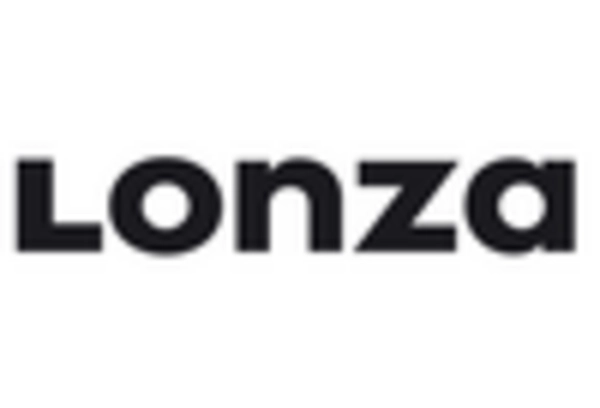
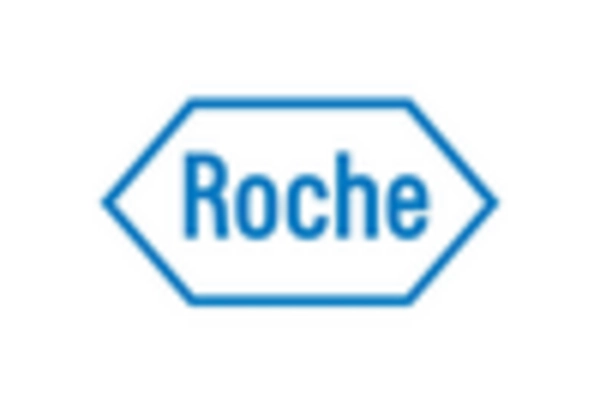
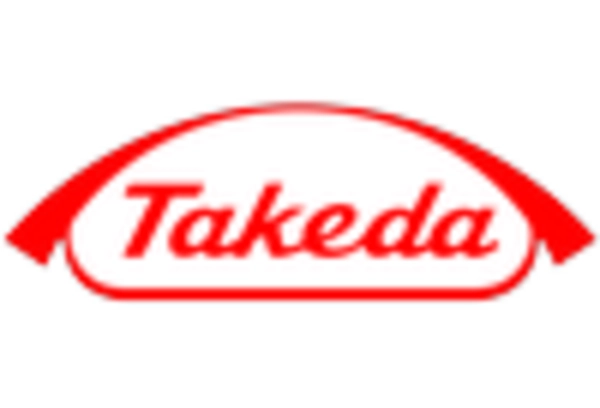
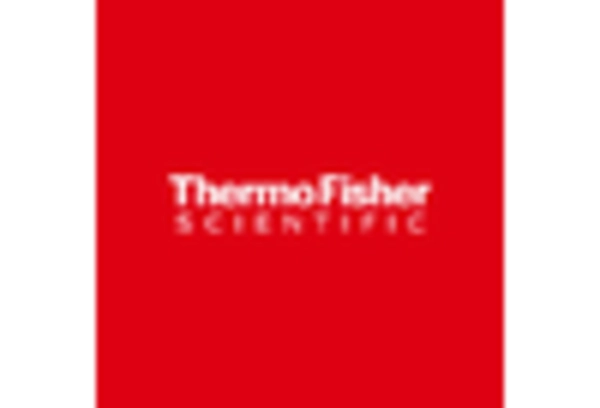








Leave a Comment